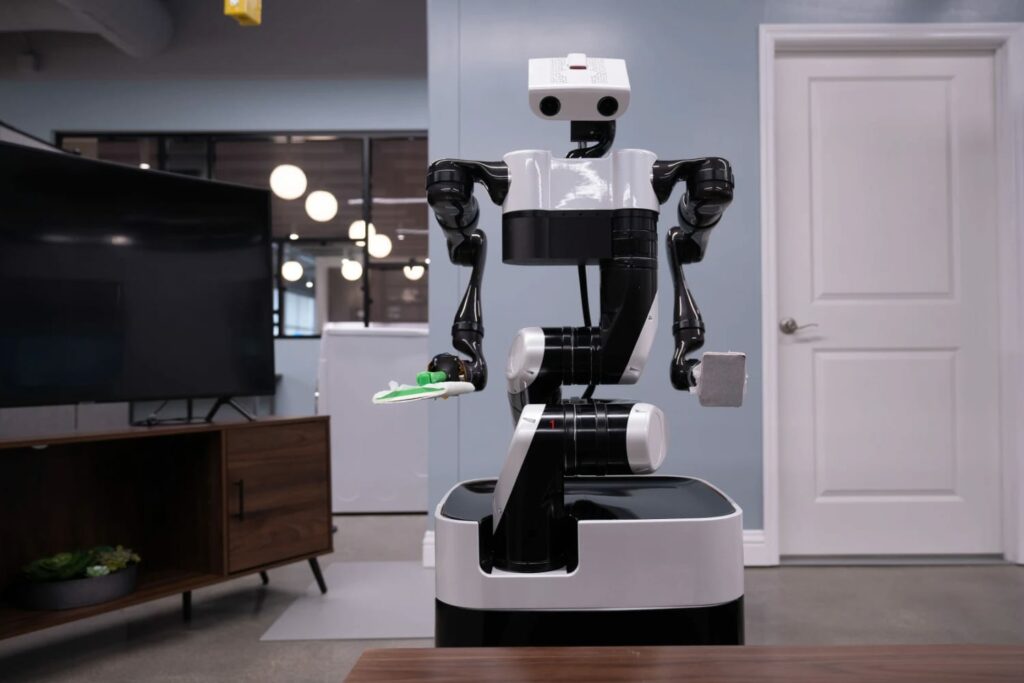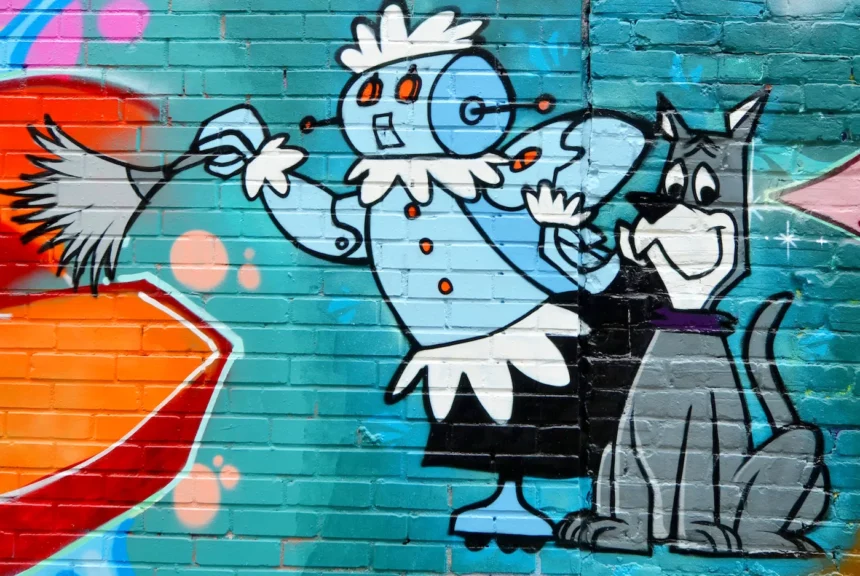In the realm of robotics, there’s a classic story about an engineering professor who, on the first day of class, assigns her freshman students to invent a robot that washes dishes and draws a back-of-the-envelope sketch of it. Invariably, many students come in the next day with drawings of robot arms or even full C-3PO style androids doing dishes at a sink.
That’s when the professor tells the students that they can actually just run down to the appliance store and buy a dishwashing robot for $300. I was reminded of that story watching this excellent new TEDx Talk by Ken Goldberg, a UC Berkeley roboticist and artist.
In a recent interview, Ken said: “We put a human on the moon 50 years ago, so why are we still waiting for our robots?! In fact, we’ve been collectively dreaming about robots for thousands of years: the Egyptians and Greeks built robot-like machines and there were many ‘automata‘ built by Leonardo da Vinci and others hundreds of years ago.

The fundamental obstacle to building reliable robots is uncertainty in perception, control, and physics (e.g. friction). Robots function well in factories and outer space where the environment is very predictable. We’ve had autopilot for jets and robots on assembly lines for decades, but homes are much more complex.”
“Another answer is that progress is not exponential—it’s not even linear,” he added. “Air travel hasn’t improved much in the past 50 years, and we haven’t gone back to the moon. Technology advances like evolution does, with punctuated equilibrium: big leaps followed by periods of gradual integration.

One big advance for robotics has been deep learning—a combination of data, computing, and algorithms that facilitate a new type of machine learning. Deep learning has revolutionized computer vision and significantly increased robot dexterity so robots can better pick up and manipulate everyday objects.”








